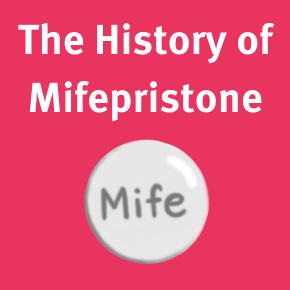Insights: Treat the patient, not the sonogram
Ultrasonography is one mechanism to confirm completion of a medication abortion.
After a successful medication abortion, the ultrasound shows a variable amount of hyperechoic debris consisting of blood, blood clots, and decidua. Although some clinicians treat these findings with misoprostol or surgical evacuation, there is no established correlation between the measurement of the endometrial thickness and the need for intervention. In the absence of signs or symptoms (ie: heavy, prolonged or irregular bleeding, hypotension, dizziness, tachycardia, significant anemia), no intervention is necessary.
In the instance of a stable patient with a retained gestational sac without interval growth or persistent cardiac motion, there are multiple options. Expectant management, repeat misoprostol or uterine aspiration may all be offered safely, and tailoring the decision to the patient and her particular concerns or constraints is important. Similarly, in the rare case of ongoing pregnancy with interval growth or continued cardiac motion, patients may opt to try a second dose of vaginal misoprostol or they may opt for a uterine aspiration.
In providing care to the patient after a medication abortion, management should be based on patient symptoms and an informed conversation between the patient and provider. Expectant management, repeat misoprostol, or surgical intervention should be appropriately offered within the clinical context. Providers must remember that intra-uterine debris seen on ultrasound is normal after a medication abortion and that the amount of debris does not correlate with clinically significant problems. In other words, treat the woman, not the sonogram!
Resources
Society of Family Planning Clinical Guidelines: Medical Management of First Trimester Abortion
Protocol for Medication Abortion using Mifepristone and Misoprostol
Medication Abortion Aftercare Instructions (vaginal miso)
Medication Abortion Aftercare Instructions (buccal miso)
Sources
This edition of Insights was authored by Stephanie Long, MD of the TEACH Program.

